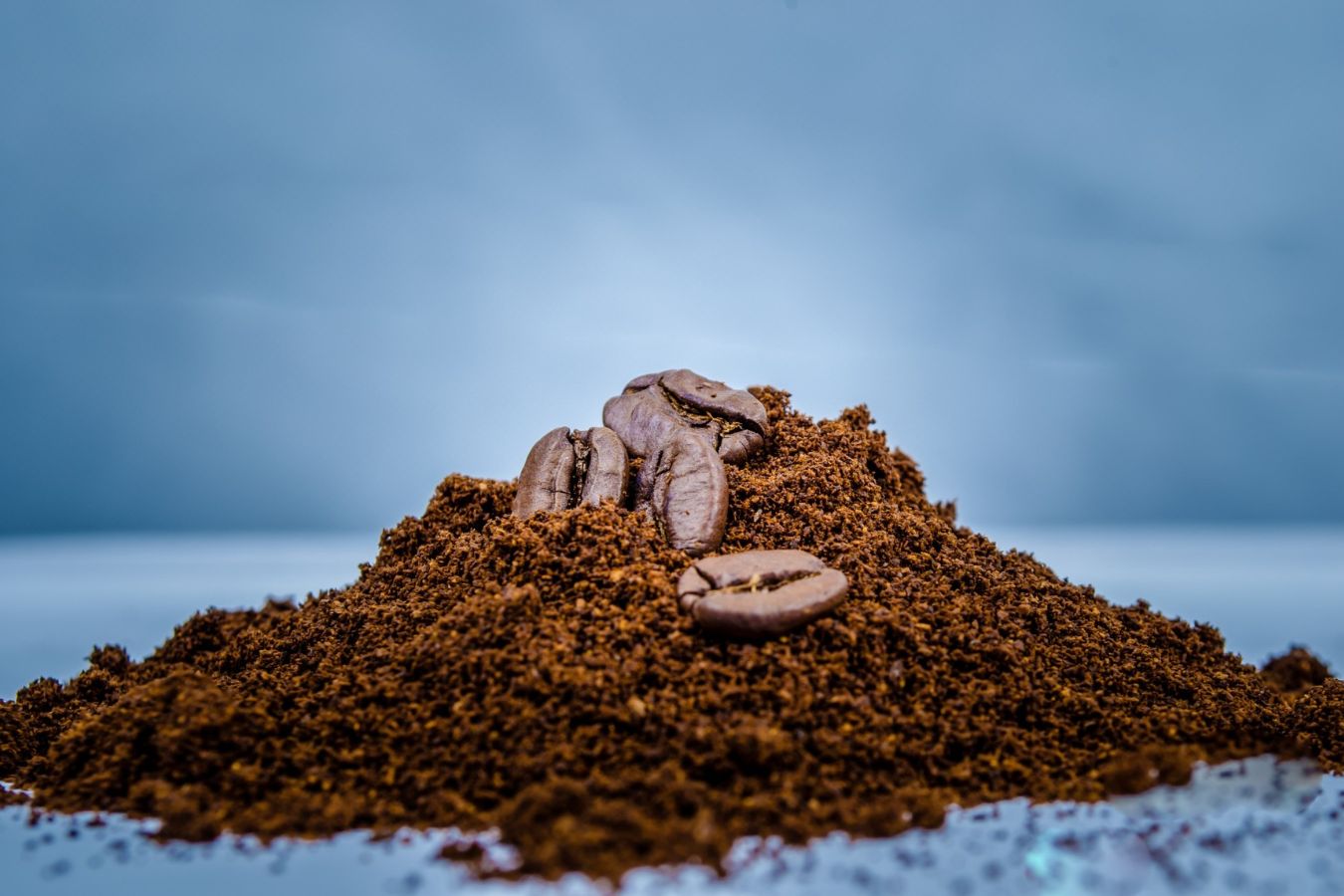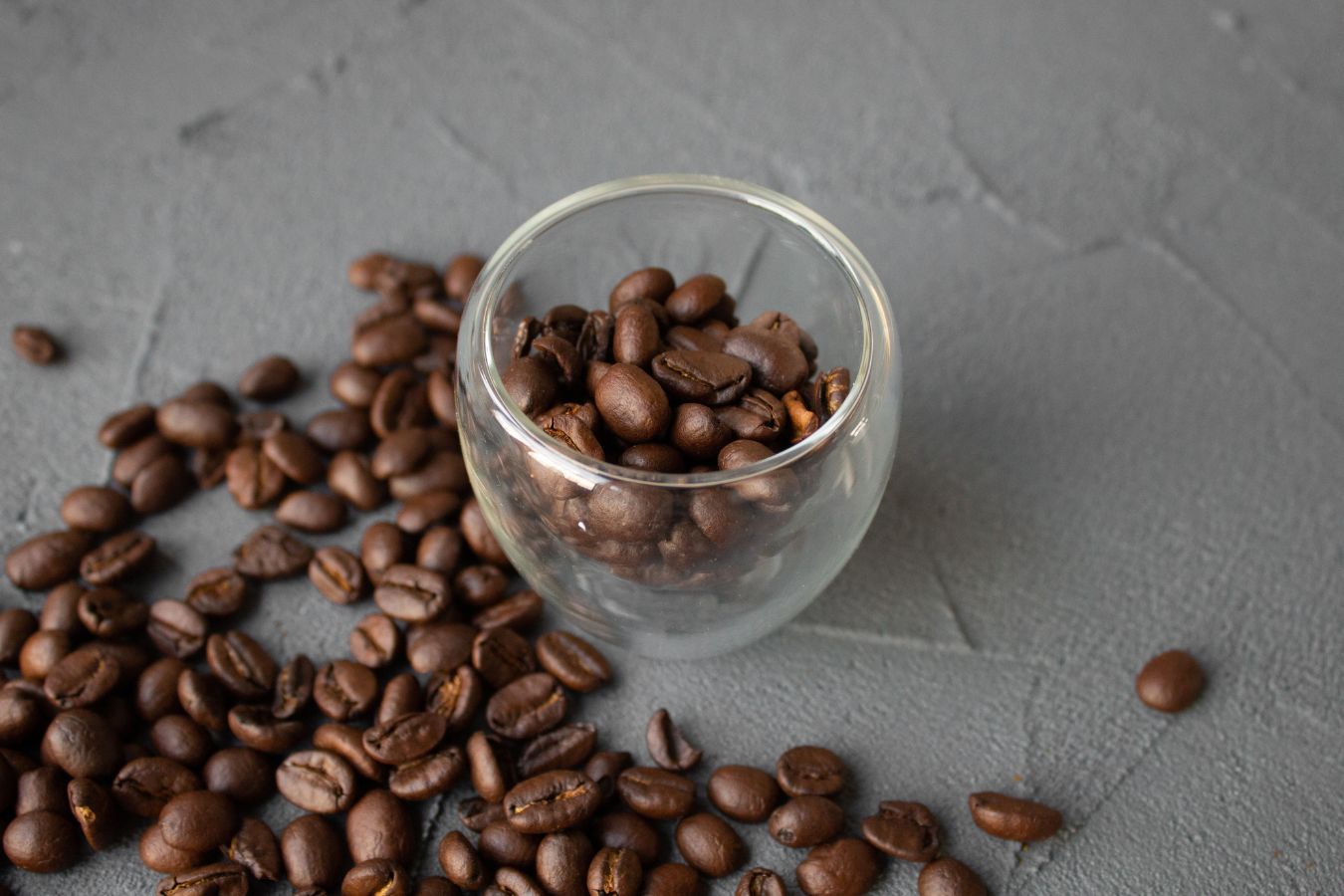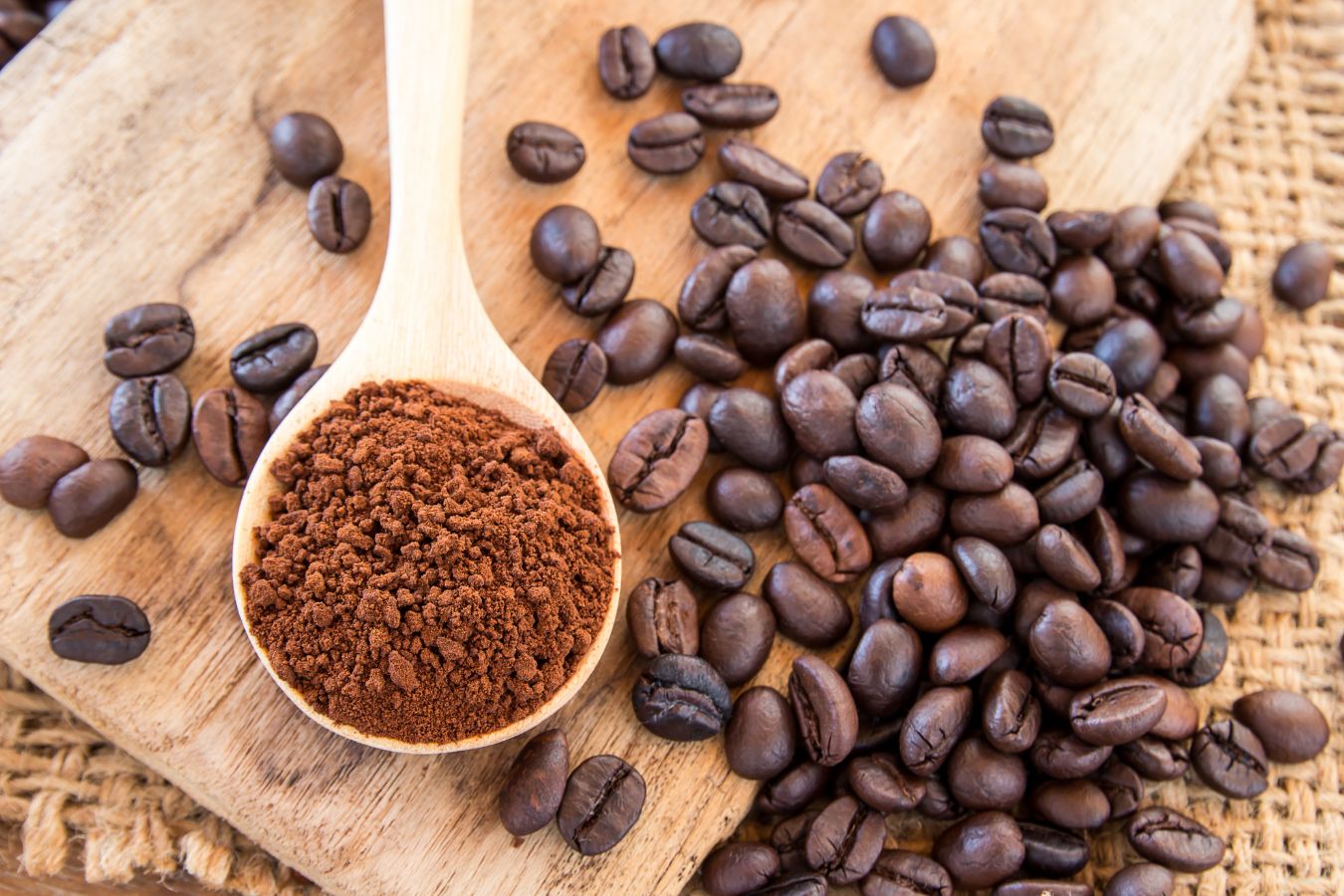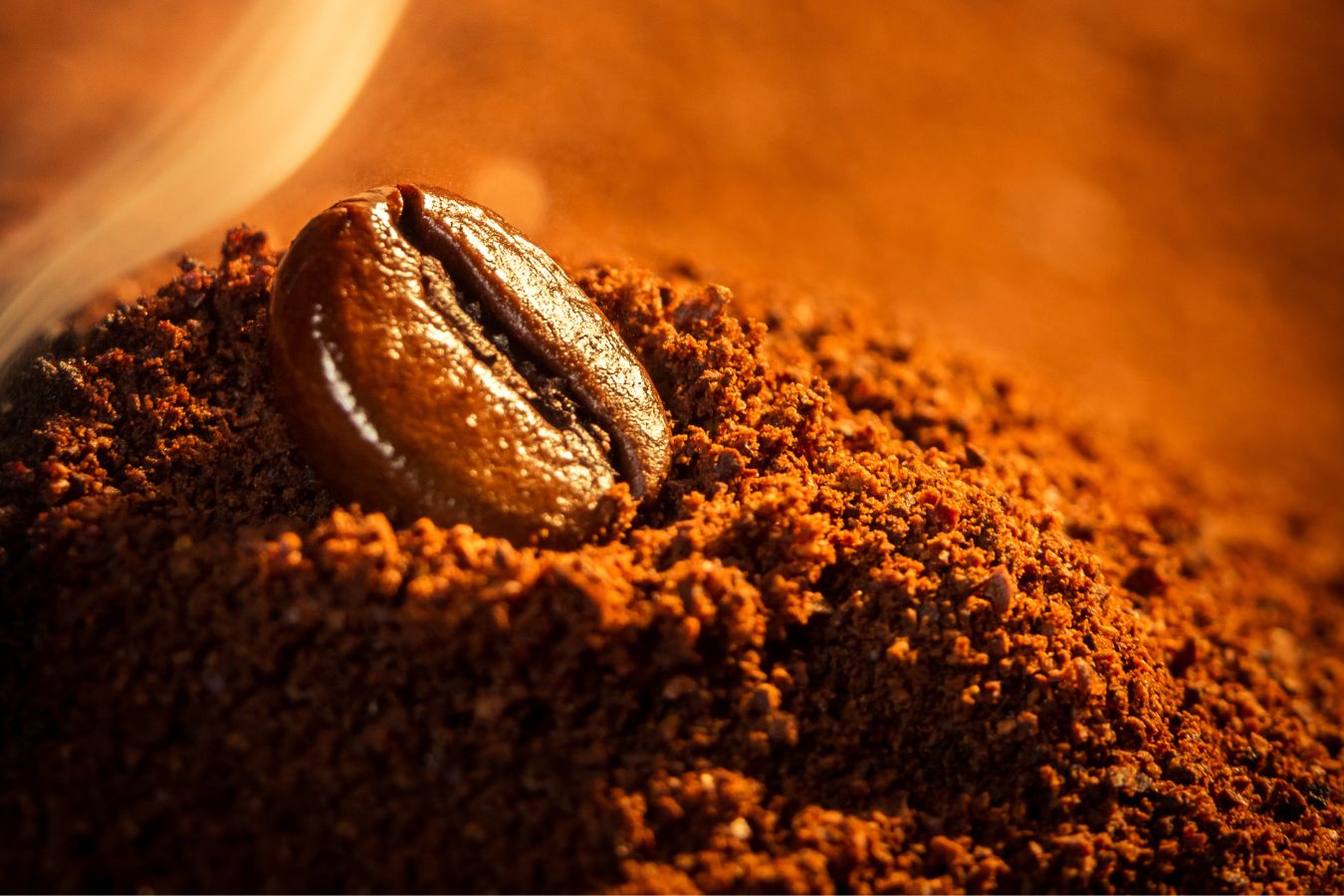
Heat Transfer In Coffee Roasting – The coffee roaster uses convection, conduction, and radiation to to the seeds (diffusion, conduction, and radiation). Each roaster uses a distinct combination of these methods to transfer heat. The following is an outline of how machine design affects heat transport.
Coffee roasting process
Roasting is the process of turning green coffee beans into brown ones. It may be made in a variety of methods, which influences the flavor. I’ll go over the basics of roasting and industrial roasting here. Tomi’s blog discusses several methods for roasting coffee at home.
Stages of roasting: Roasting is divided into three stages: drying, browning, and development or roasting.
STAGE 1: DRYING
The humidity of the coffee bean is 8–12%. Before we begin roasting, we must first dry it. With a classic drum roaster, the drying step usually lasts 4–8 minutes (see below for roaster designs). The temperature at the conclusion of the drying step is usually around 160 degrees Celsius.

You must be careful, especially with drum roasters, to avoid burning the beans by using too much heat at the start. Because the final act of roasting is exothermic, the drying stage is equally vital for gathering energy for the bean (heat producing).
STAGE 2: BROWNING
The coffee begins to smell like toasted bread and hay around 160°C. This is the point at which the fragrance precursors begin to transform into scent molecules. Even though the browning step comes after the drying stage, the drying process continues.
The Maillard process, which causes browning, begins during the browning stage. Reducing sugars and amino acids combine in the Maillard process to produce hundreds of distinct flavor and color chemicals known as melanoidin.
This is the point at which the roast naturally slows down – and some roastmasters like it to – to guarantee flavor development. The coffee begins to explode at the conclusion of the browning cycle. The first fracture appears, and the development stage begins.
STAGE 3: STAGE OF DEVELOPMENT OR ROASTING
The reaction becomes exothermic at the start of the growth stage, and the coffee fractures. The bean has accumulated energy during the drying and browning steps, which causes the coffee to erupt.
When the desired scent components are forming, it is called the development period. We may easily get coffee that tastes smokey and has a strong flavor if we do not slow down the roast during the development stage.
1. Convection, Conduction, and Radiation, Heavy Metal Contaminants
Products the traditional “empty cage” roaster (in my words), which heats the drums/cages directly, roasted coffee seeds primarily by convection and then by conduction.
The heat transmission mechanism is aided by heat radiation from the hot roaster’s surface and nearby particles. In a personal conversation with me, a representative of a well-known German firm calculated that heat transmission in his company’s roast drums was 70% convection and 30% conduction.
Roasters with heat transfer transmit heat indirectly by isolating the drum from the heat source, resulting in a more relaxed drum during roasting. In this model, convection leads to a faster rate of heat transmission.

Fluid-bed roasters do not use drums and roast coffee beans by suspending them in high-speed hot air currents. LoringSmartRoasterTM recirculation roasters store and reuse a part of the gas produced during the roasting process. Both of these roasting machine types rely heavily on convection to transmit heat.
Discharge vast numbers of coffee beans at room temperature at the start of the roasting batch. The air comes into touch with the hot roasting cage, dramatically decreasing the temperature in the enclosure. Conduction from hot drums plays a significant role in heat transmission to coffee beans in the initial few minutes of roasting.
When the air temperature in the roasting cage rises after a severe dip, convection takes over as the primary heat transmission mechanism. Drums operate as heat storage mechanisms in such roasters, allowing batches to grow more quickly.
Convection-oriented machines need higher beginning temperatures to provide enough early heat transmission in the coffee roaster machine collection and compensate for the cage’s lack of heat.
2. Heat Transfer and Temperature Gradient
The endothermic process refers to the initial two-thirds of the roasting process, in which coffee beans absorb energy and heat is transported from the surface to the interior. Most of the heat transmission rate is determined by the temperature gradient, delta T, within the coffee bean. Increasing the Delta T induces quicker heat transmission inside the particle.
Delta T reaches an estimated temperature of 50 dg C early in the roasting batch, which is greater at the moment, and then decreases as the batch roasts. In other words, when both get hotter after the first few minutes of roasters, the T within the grain should progressively approach the T surface. When roasting quickly, delta T will be more excellent, while delta T will be lower when burning slowly.
3. Heat and Mass Transfer Within Coffee
During roasting, water evaporates from the outermost layer of the coffee bean roasting, forming a “front of evaporation” that advances towards the grain core. The cellulose structure within the particle, which is relatively cold, keeps the water in the body intact and preserves it.

The heat from the stored water creates steam, which raises the pressure within the particle and encourages the structure to expand. Many experts believe this pressure ranges from 5.4 to 25 atm, growing until the strains are high enough to damage the cellulose structure when the first fracture appears. Once the core is compressed and steamy, CO2 escapes via the first fracture, causing the heart to overheat.
4. Heat Transfer and moisture
The heat transmission during roasting is affected by the humidity in the roasting area and the quantity of water in the coffee beans. After an initial delay, the moisture in the roasting cage kk improves heat transfer efficiency and promotes quicker loss from the grain.
The quantity of moisture in the seeds affects the roasted qt in various ways. In coffee beans, increased water has three immediate impacts on heat transfer:
- Increase heat transfer because of increased humidity conductivity
- Increase the specific heat of the coffee beans, meaning that the seeds need more excellent heat to raise the temperature by a known amount.
- That leads to a more excellent amount of evaporated from the grain, preventing the transfer of heat into the inside of the particle.
The net effect is that heat rises more slowly in moist seeds than in dry ones. Therefore, the machine operator should use more heat when roasting nuts and be more humid and wiser when roasters more parched seeds.
More: Roasting Chemistry